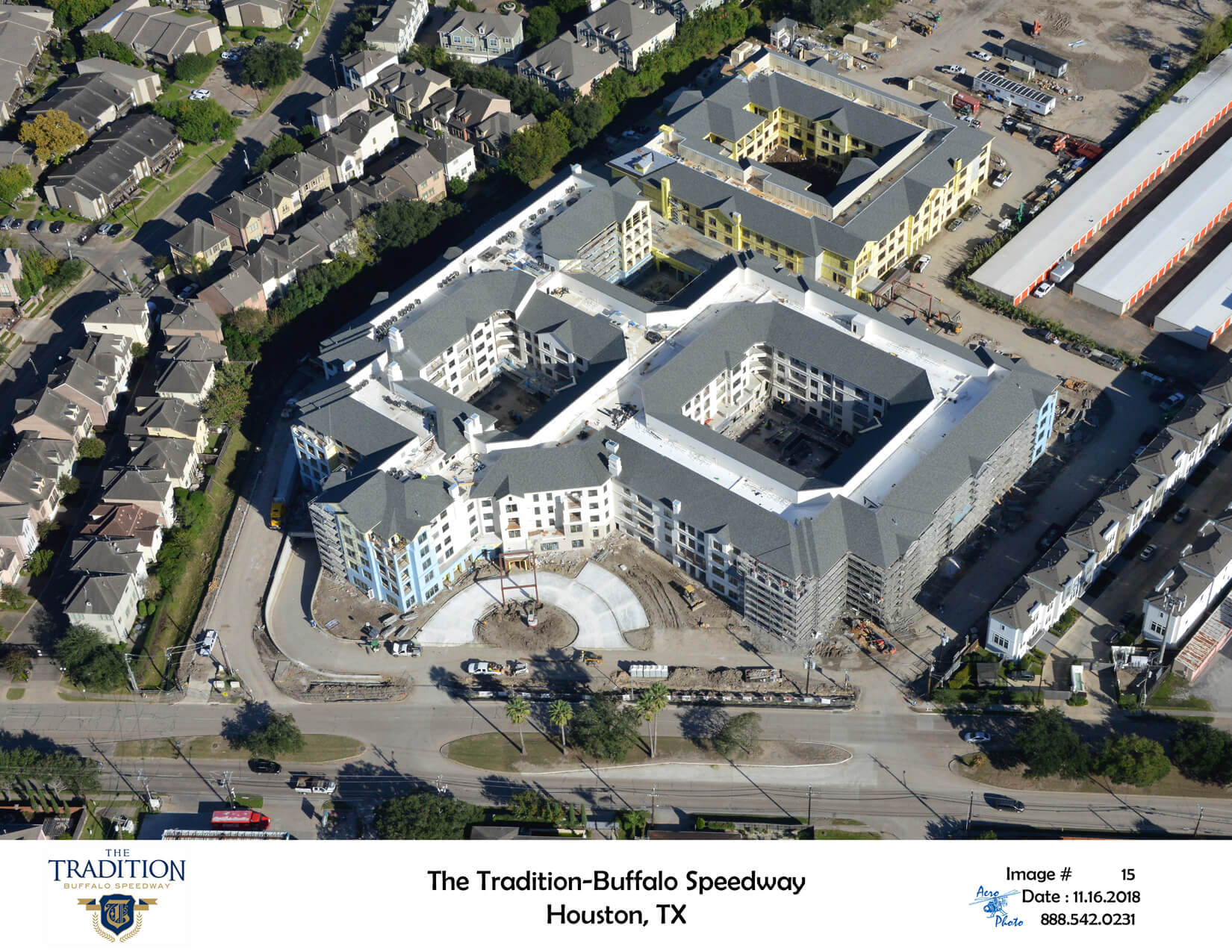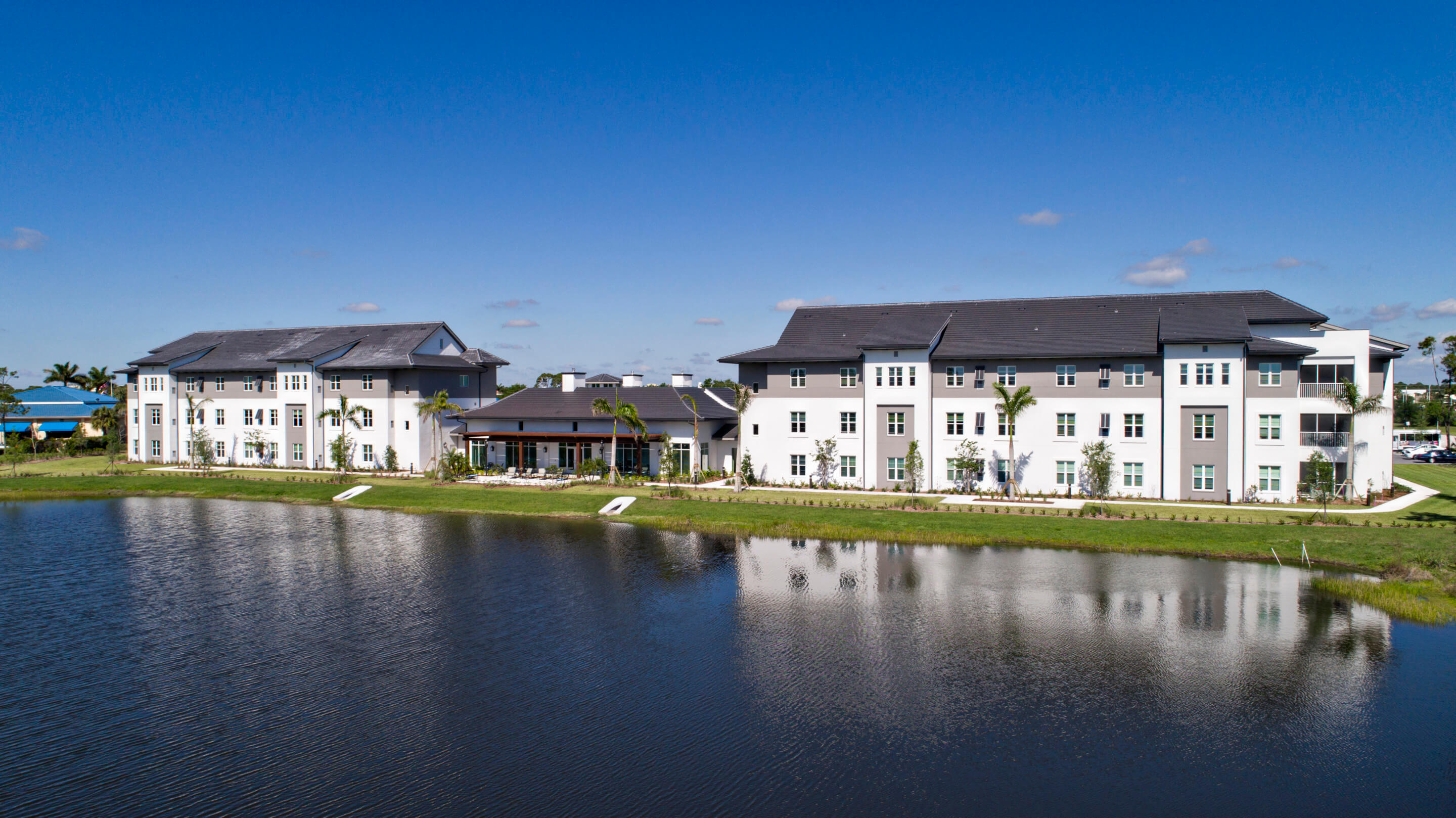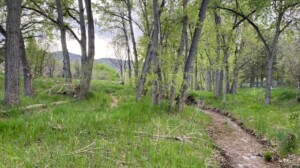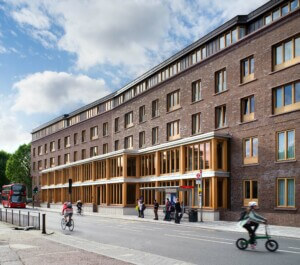As Hurricane Katrina approached the Gulf Coast in 2005, nursing homes in the path of the storm faced a precarious decision: Would they evacuate their residents or have them shelter in place?
Both decisions came with their own set of risks.
If residents evacuated, where would they go? Would those places be equipped to serve those with medical needs? And if they sheltered in place, could their buildings keep them safe during the storm and sustain them in its aftermath?
Most of the nursing homes in Louisiana’s St. Bernard Parish chose to comply with evacuation orders, but St. Rita’s Nursing Home’s owners decided to have everyone shelter in place instead. When the levees failed, water gushed into the one-story building and rose toward the ceiling. Some residents were able to evacuate; many were abandoned. Nearly three dozen residents died.
I watched this tragedy unfold with a knot in my stomach. I had been designing senior living communities for 10 years at the time, and I was gutted to see so many seniors left to fend for themselves.
America’s elderly population has continued to grow, as has the risk of damage and death due to unprecedented flood events, wildfires, hurricanes and more. Roughly 10,000 Americans turn 65 every day and this number is projected to more than double in the coming decades. At the same time, the National Centers for Environmental Information estimates that damages from natural disasters in the last five years exceeded $600 billion, a number that will continue to rise.
As they age, our seniors are often shoved to the sidelines of our communities. Our research at HKS Architects’ Senior Living group has shown that this segment of our population values independence, purpose, and choice—quite often, they prefer to be independent for as long as possible. When they do decide to move into a senior living community, they like having choices and amenities that align with their preferred lifestyle.
As designers, we must find new ways to empower our seniors so they can thrive in these later years of their lives. It’s our duty to ensure they will have everything they need to weather the storms and other calamities that may put them in harm’s way.
When a senior living community comes to us to learn how to boost their resiliency, we ask them to start with three key considerations: shelter, abundant backup power, and planning for any possible scenario that may arise.
Keep it Flexible
More and more of our clients at HKS are experiencing weather events that they’ve never experienced before. Tornado alley seems to be widening, hurricanes are becoming more frequent and intense, and seismic activity is rattling areas that have never experienced it before. It’s time for us all to take a serious look at our emergency plans to ensure they can protect against new threats.

An increasing number of those clients are also approaching resiliency as a long-term investment, asking for their buildings to not just meet but exceed code requirements. Common areas like activity rooms, art studios and restrooms can be built more robustly so residents can shelter there during a weather event. This is especially important for senior living residents who may need to stay put during a storm because of mobility limitations.
For staff, consider designating areas of respite in case they aren’t able to go home. Having them close will be essential for keeping the community functional if conditions prevent outsiders from coming in to help.
Multiple Means of Backup Power
Having just one backup option isn’t enough anymore, so don’t just rely on the diesel generator. Think creatively of ways to supply power to your community. Have backup options for your backup option in case you aren’t able to access diesel.
Green energy is one option. There is a lot of misinformation around solar panels lately, with some people suggesting that solar panels aren’t useful if it’s cloudy. But that simply isn’t true in most cases. Solar panels and wind turbines trickle charge batteries to collect power all year round for those days you need an alternate source of power.
Some of our clients also invest in multi-fuel generators, including microturbine engines, that will work around what is available in the event of an emergency.
You don’t have to have all of these but it’s prudent to plan to have more than one form of backup power.

Build for Resilience
Sadly, we have seen that some of our senior living communities are unable to evacuate safely when facing a natural disaster. This could be for several reasons, sometimes physical limitations, sometimes cognitive limitations, and sometimes social embarrassment over not being able to do things like going down the stairwell as quickly as others.
Senior living communities must be able to protect residents in during and after a disaster.
The best approach is to ensure your facility offers adequate protection from different types of disasters such as tornadoes, hurricanes, and high winds. Reassess the building’s resilience every few years and adjust for new threats like climate change.
We also recommend compartmentalization; thinking through the flow of people throughout the building in case conditions worsen, and building increasingly robust spaces where they can move if a space becomes unsafe.
Compartmentalization is credited with saving many lives at the West Rest Haven Nursing Home after the infamous West Texas fertilizer plant explosion in 2013. A nurse heard emergency vehicles rushing to the plant and pulled a fire alarm at the nursing home to trigger a rescue response from her colleagues, who moved everyone into a safer area of the building. Within a few minutes, an explosion caused by the plant fire destroyed the nursing home wing that had been evacuated.
By the time there was a second explosion, everyone at the nursing home had moved to an even safer part of the building to escape damage to the wing they were in previously.
All of the West Rest Haven residents and staff members survived that day. Later that year, the staff and West residents who rushed to the scene to help were awarded the American HealthTech’s CareHeroes Award for their quick thinking and valiant work.
They, and so many others who work so tirelessly to serve our seniors, are why I am so passionate about the senior living projects I get to work on. We all must challenge ourselves to design environments that are worthy of our elders, communities that can sustain their passions and interests while protecting them in times of need.
Our buildings are meant to provide shelter in our day-to-day lives and during an emergency. The roof may be damaged, the siding may be stripped of paint. But if the building can keep them safe when everything else around them is falling apart, and is cohesive enough to serve as shelter in the aftermath, that’s how we know it has served its purpose.
Grant Warner, AIA, LEED AP, is a principal and senior designer at HKS. He is passionate about designing senior living spaces where residents and their care partners can thrive. He leads the early planning and design stages of projects, immersing himself in the unique needs of each community. Grant values empathy, creativity and innovation, and infuses these values into the firm’s projects.











